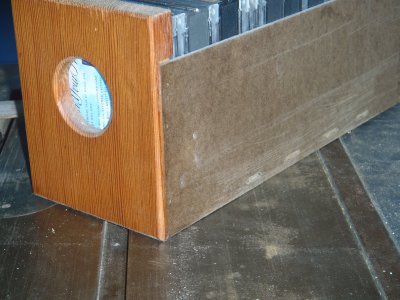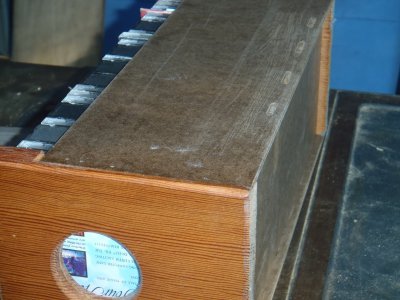Im a architectural woodwork/furniture shop. No CNC in the shop, and i rarely outsource that sort of work (usually specialty balusters or wacky 'art' cutout panel stuff). There is always a way to make it happen old school, and i find that is often the most effective route. I did just buy a mill, mostly because i wanted to learn, but also so i can make my own tools/hardware. One of the uses will definitely be making jigs for complex hardware install like Tectus hinges, pivot hinges, flush outlets, etc. I've always made those jigs from wood, but they end up not lasting as long as id like. Doing any of theat on an analog milling machine seem like it would actualy introduce more slop/error than a goo jig and take a lot longer. I've pondered an over arm router for specialty projects (mostly custom handrail fabrication) but i don't have the space for a tool used so rarely and i have other ways. I have seen router table versions, and nice japanese machines that do similar work, but again, space and rarity of use. Ive done plenty of inlay freehand, with edge guides, and purched or shop made tramels/circle jigs. Scaled from tiny to huge; tons of complex jointery by hand, machine, or hybrid, again at all scales.
To the original poster, what is your specific use for a mill/overarm router for hinges? I cannot imagine a situation where that would be even on the top fire ways i would approach a hinge or any hardware i can think of. Is the hardware going into metal 'millwork'? Flush trim router bits, router bushings, a compact router, and some scrap sheetgood to make templates will get you lots of places. A drill and some chisels will too. Or just chisels. If you had a lot of varied specialty hinges to install precisely on a jobsite (not in a shop) there is the Shaper Origin. Just curoius since this seems like a very complex approach to pretty simple tasks.
To the original poster, what is your specific use for a mill/overarm router for hinges? I cannot imagine a situation where that would be even on the top fire ways i would approach a hinge or any hardware i can think of. Is the hardware going into metal 'millwork'? Flush trim router bits, router bushings, a compact router, and some scrap sheetgood to make templates will get you lots of places. A drill and some chisels will too. Or just chisels. If you had a lot of varied specialty hinges to install precisely on a jobsite (not in a shop) there is the Shaper Origin. Just curoius since this seems like a very complex approach to pretty simple tasks.



